If anyone says Nevada, everyone will probably imagine the endless plains of parched soil and the lack of water. But this has not always been the case.
Las Vegas in primeval times
In primeval times, it was an oasis of nature with swamps full of water, vegetation and animals. Over time, however, the swamps began to recede, and the rivers moved below the surface. Wetlands full of life thus gradually began to turn into a dry landscape, where only the strongest plants and animals survived.
The water got stuck in a complex geological subsoil and resulted in only a few places. Life-giving oases were created here, where even more water-intensive plants, which were previously only found on the banks of the Colorado River, prospered.
In 1993, construction workers found the remains of a Colombian mammoth who lived here during the prehistoric period. Paleontologists have estimated its age to be 8 to 15,000 years.
The Indians were here first
The first inhabitants of the Las Vegas Valley were Indians 10,000 years ago. These people left behind many petroglyphs, which are paintings created in stone. It was these works of art that helped reveal the history of the area.
About 2,000 years ago, the Anasazi Indians moved to southern Nevada, where they lived along the Muddy and Virgin Rivers. Today's “Lost City" is actually the ruins of the original Anasazi settlement, located in Overton, Nevada, northwest of Las Vegas.
In 1829, the Mexican businessman Antonio Armijo was given the task of arranging a trade trip to Los Angeles. His expedition numbered 60 men. As they quickly ran out of supplies in this inhospitable climate, they decided to replenish them in a settlement in front of the Nevada desert.
The first steps of Europeans
At the same time, but on the other side of the desert, a group of explorers led by Rafael Rivera were camping. He was also the first European to enter the area. Rivera had the main group camp at the beginning of the desert and set out with several men to explore. Within two weeks, they discovered a valley, with lush vegetation and mainly a source of drinking water. They named this valley Las Vegas, which means "Meadows."
John C. Frémont went to the Las Vegas Valley in 1844, which still belonged to Mexico. Frémont was appointed president to lead a group of scientists, scouts and spies of the United States military, which was preparing for a possible war with Mexico. The group camped in Las Vegas Springs and built a very well-hidden fortress there. The war with Mexico eventually took place, and the area subsequently joined America. Travellers, merchants and hunters then used the war fortress.
The beginnings of the industry
In 1855, members of the Mormon Church decided to build a fort in present-day Las Vegas, due to its convenient location. It was halfway between Los Angeles and Salt Lake City. However, the fortress was abandoned after several years. Its remains can still be seen at the intersection between Las Vegas Boulevard and Washington Avenue in Las Vegas.
Over the next few years, however, Americans still avoided the area, except for travellers and traders. In 1864, Nevada was recognized as the 36th state of the United States. Mineral sediments, including precious metals, were discovered here in the second half of the 19th century, leading to the beginnings of industry in this part of the United States.
In the mid-1880s, the land began to be purchased for $ 1.25 per acre. Farmers are starting to move to the area, and agriculture has become the dominant sector for the next 20 years.
At the end of the century, the main railroad link between Southern California and Salt Lake City was completed. Thanks to the large water supply, it becomes a great place to refuel, and tourists can relax here on a long journey.
At this time, Las Vegas began to grow, and the settlement began to resemble a smaller city. So far, it has been used mainly by travellers and traders, who stopped here for a few days, rested and replenished supplies for the next trip.
So we find ourselves at the beginning of the 20th century when Las Vegas is still a settlement that benefits from its very advantageous position on the railway line. But the settlement is starting to grow very fast as more and more people are buying land there.
The history of the city of Las Vegas begins
On May 15, 1905, Las Vegas became a city. This is also because the water was brought here from wells. The city, therefore, had a supply of fresh drinking water, which was already able to store. And it is thanks to the water that the city has become even more important.
At this time, the entire southern United States is flourishing. In the summer of 1909, more specifically, on July 1, a new Clark County district was established in Nevada. The area was named after William Clark, who brought the railroad to southern Nevada.
Las Vegas was incorporated on June 1, 1911. It was on this day that voting took place in an independent city. And what were the results? There were 168 voters for the inclusion of the city, against 57. At that time, Las Vegas had 800 inhabitants and the entire Clark County district was 3,321.
Since then, the city begins to grow and mainly prosper. However, as in the rest of the United States, gambling is banned. But there are also laws about marriage and divorce, which are still very liberal in Las Vegas to this day.
The coming of the crisis
The growth of the city continues at lightning speed until 1917 when a crisis hit Las Vegas, which is further intensified by the First World War. This year, several essential companies are going bankrupt. William Clark also sells the remnants of his Union Pacific Railroad. After the strike in 1922, the city remains deserted.
Four years later, Las Vegas is finally connected by road with California. But even this modern road track will not help to restore the situation in the city. At the time, the town was full of forbidden bars and dubious existences linked to criminal organizations from Ireland, Italy and the Middle East. Las Vegas is very close to exclusion from the community of districts at the time.
Salvation in the form of the Hoover Dam
By 1930, Las Vegas had a population of 5,165. A year later, construction of the Hoover Dam begins, and crowds of people start to flow into Las Vegas again. They are mainly workers managing on the construction of the dam, and even that is enough for the city to start growing again. After years of depression, the economy in the valley is starting to rose.
Recognizing that gambling could be very beneficial to the local economy, government officials legalized it in Nevada in 1931. Because criminal elements have inhabited Las Vegas for years, gambling was pretty much everywhere. Even though Las Vegas was only a small city at the time, it is today the most significant city dedicated to gambling.
City of Mormons and mafias
At this time, the city was run by influential businessmen, Mormon representatives and mafia bosses. The foundations of modern Las Vegas were beginning to form. The first casinos and theatres were set. At the time of the construction of the dam, the United States government conducted an inspection in which some high-ranking workers were under the influence of alcohol (at the time, in addition, there was a ban in the United States). As a result, all workers were moved to the newly established Boulder City.
Local businessmen found out that gambling could earn them a decent living, so more casinos began to open in Las Vegas. The first was the Northern Club, followed by the Las Vegas Club and the Apache Hotel. But all these companies had one thing in common. They were located on Fremont Street. It also became the first concrete street with traffic lights in all of Las Vegas.
The city is finally with electricity
In 1935, Hoover Dam was completed, which was very important for the development of Las Vegas. Two years later, Southern Nevada Power was formed here, the first to supply power to Las Vegas.
Locals, thanks to hundreds of glowing and flashing advertisements and various banners, call Fremont Street Glitter Gulch. Hoover Dam and its reservoir, Lake Mead, are becoming tourist attractions.
In 1940, it was completed another vital road artery of Route 95. It starts also broadcast the first radio station KENO. The population grew to 8422 in ten years. However, the city is experiencing a significant boom, thanks to World War II. Its convenient location in the middle of the desert, with its supplies of drinking water and electricity, makes it the perfect place for the military industry and base.
Not far away is the Nellis Air Force Base, which employed thousands of locals. Like the heavy industry located in Henderson, south of Las Vegas.
The beginnings of the Strip
At the beginning of 41, local businessman Thomas Hull opens the El Rancho Vegas casino. It is the first establishment located on Las Vegas' most famous street, the Strip. A year later, the Pair-O- Dice nightclub, reopened since 1930 under the name Hotel Last Frontier. Several new casinos are also opening on Fremont Street.
At this time, only casinos that are somehow connected to the local mafia can get to the Strip. The mob has a stable position in the city, but it has never owned or operated any casino.
Only another gangster, but this time of Jewish origin, who, with the help of his friend, opened a casino called The Flamingo in 1946, did it. However, his company did not prosper much and eventually went bankrupt completely. Its owner, Bugsy Siegel, was killed in a shootout in Beverly Hills.
World War II was a real asset to Las Vegas. After its completion, the city became a tourist attraction, in addition, thanks to the military base and industry, the number of permanent residents increased. Every year, the number of casinos grows, and Las Vegas continues to expand.
We could also call the beginnings of the second half of the 20th century a time of atomic tests, a government of organized crime and a post-war boom.
The end of World War II was one of the milestones in the development of the city and its surrounding area. The first casinos are being set up, but the situation between police "local businessmen" and the Clark County Sheriff's Office is also beginning to escalate.
Government of organized crime
The city is under the influence of and also members of the Mormons. The local government does not like that. But the impact of the underworld and the desire for money ultimately wins. From 1952 to 1957, with the support of the Mafia and Mormon bankers, dozens of new casinos were established in Las Vegas, including legends such as Sahara, The Sands and The Tropicana. The Moulin Rouge men's club was opened, too. It's the first business in Las Vegas that even dark-skinned people can visit.
At this time, the city is more or less run by Mormons, who have contacts with influential businessmen and the most powerful representatives of organized crime. It should be noted, however, that the gambling bet was a great move. During 1954, more than 8 million people visited Las Vegas, leaving more than $ 200 million in local casinos.
The period of the post-war boom
Gambling is no longer just ordinary entertainment. The stars of the music heaven and silver screen such as Elvis Presley, Frank Sinatra or Bing Crosby are starting to perform in the city. These world stars brought crowds of tourists to the town, who of course visited the local casinos on this occasion and left their money there.
However, the first conflicts within members of the underworld are beginning to appear, especially between Jews, Sicilians and Mormons. Of course, this did not escape the attention of the US government, and federal representatives are beginning to infiltrating the city. This is a terrible advertisement for Las Vegas, so Nevada Senator Pat McCarran had to intervene.
As you can see, Las Vegas is prospering more and more, and that, of course, is attracting business people and investors from across America. In addition to casinos, men's clubs are beginning to expand, and in 1957, the world-famous " Welcome to Fabulous Las Vegas" sign appeared at the beginning of Las Vegas. Two years later, the Nevada Gaming Commission was set up to oversee all gambling in the city and try to combat the ever-expanding black casinos.
Atomic bomb tests
But the 1950s were not just about casinos and clubs on the Strip and the Mafia. This part of the USA was also very popular with the army. There has been an airbase here since World War II, and in 1951, the first of a hundred tested atomic bombs was detonated north of Las Vegas. Nuclear tests are attracted crowds of curious people, but there are some doubts about safety. In the end, the government intervenes, and the tests moved underground in 1963.
The boom in services and business
In 1948, the local McCarran Field Airport opened for commercial flights and in 1957 the first college, the University of Nevada, opened in Las Vegas, which was initially a branch of the University of Nevada, Reno, but became independent 12 years later. The Las Vegas Convention Center is also opening, which was immediately becoming a vital part of the local economy.
As you can see, Las Vegas is moving forward. Sixty years ago, it was only a small insignificant settlement. In 1960, Las Vegas covered more than 25 square miles and had a population of 64,405. The neighbouring state of Clark County has about 130,000 inhabitants at the same time.
The following years formed the modern history of Las Vegas the most. Major American businessmen are beginning to flow into the city, the city is modernizing, new casinos and hotels are being added, and the whole area is thriving.
Howard Hughes
During this period, the city began to be ruled by one of the most potent entrepreneurs of the time, Howard Hughes. He came to Las Vegas in 1966 and wanted to start his own business there. He decided to stay at the Desert Inn, but instead of renting one room, he bought the entire hotel.
He spent more than $ 300 million in Las Vegas in a few months. He used his connections with members of organized crime and the mafia and was able to buy the most famous hotels in the city. In a short time, he became one of the most powerful men in Las Vegas in the second half of the 20th century.
Crime and Punishment
Another prominent figure of this time was Hank Greenspun, a journalist from the local Las Vegas Sun. He was mainly interested in the activities of criminal elements, fraudulent activities and also searched for bribed members of the city council.
His investigation led to the conviction of the Clark County Sheriff and the owner of the men's club. Also, because of his findings, the governor Clifford A. Jones resigned.
The Strip does not belong to the city.
At this time, the city also had problems. This is mainly due to gambling. Since the Strip did not belong to the town, no taxes were imposed on it. So all the money went between hotel and casino owners.
It is no wonder, then, that there was an effort to connect the Strip to Las Vegas, but even after several negotiations, this proposal failed to succeed. The whole problem was that the city of Las Vegas was independent and therefore could not append the Strip, which was a separate district.
Elvis in Las Vegas
At the end of the 1960s, more precisely in 1969, the Elvis Presley International Hotel, which has since been known as the Las Vegas Hilton, became one of several dozen hotels carrying the Hilton name.
Some people were just looking for entertainment here, but some went here for investment, so it's no wonder that the number of clubs, hotels and casinos increased again during the 60s. However, doing business in this area was still not entirely legal, so many investors waited for the full legislation.
The 1960s were indeed not the most successful time for Las Vegas, but as can be seen, the inappropriate conditions were handled very well. But without Howard Hughes' initial investment, it would probably be worse with Las Vegas. It won't be long before Las Vegas experiences its biggest boom in history.
We now have a time that was not one of the most critical periods in the history of Las Vegas. Despite this, the city is still growing. New businesses are emerging and also some world-famous casinos. Furthermore, this period is marked by the vagaries of the weather, problematic traffic and the fight for places on the Strip.
During the development of Las Vegas and the entire Clark County, we find several periods where the population is growing rapidly. But the 1970s certainly do not belong to these periods.
In the early 1970s, Clark County had a population of 273,288, of which nearly half (125,787) lived in Las Vegas.
However, despite a small increase in the population of Las Vegas, it was still prospering. Companies continued to invest more and more in the construction of casinos, clubs and mega-resorts. Gambling is finally becoming the right type of business, and the shares of some companies are available on the market.
Las Vegas without railroad
At the beginning of the 70s, the most luxurious place of Fremont Street, the magnificent construction of the Plaza Hotel, begins. Because the complex is a short distance from where the Union Pacific Railroad passes, the casino is eventually called Union Plaza.
But two months before the hotel opens, Union Pacific decides to cancel the Los Angeles route. With this step, Las Vegas loses its railroad connections and trains do not stop here for the first time in its history. But not for long.
In 1973, the MGM Grand Hotel and Casino opened - the largest casino in the world at the time with a total cost of $ 107 million. The hotel had 2,000 rooms and suites, six restaurants, a shopping arcade and a separate hotel cinema showing classic MGM movies.
At the end of the 1970s, more precisely in 1979, trains began to coming again in Las Vegas. The "Desert Wind " line from Salt Lake City to Los Angeles passes through the city of gambling again. The stop is directly at the Plaza Hotel, so the platform and ticket shop are connected directly to the hotel and the casino. At that time, there were over 20 hotels on the Strip. The most famous were Hacienda, Caesars Palace, Sands or Desert Inn.
In the early 1980s, the economy and the local population grew rapidly. Las Vegas currently had a population of nearly 165,000, with just over 463,000 people throughout Clark County.
Fires are devastating Las Vegas
At the end of 1980, on November 21, a tragedy struck Las Vegas. On this day, the MGM Grand Hotel and Casino was engulfed in a devastating fire. A total of 85 people died, and another 785 were injured. This made this event the worst disaster in Nevada history.
The devastated property was later bought and reopened as Bally's Las Vegas. The MGM Grand Casino and Hotel has moved south to Tropicana Avenue.
To make matters worse, two months later, another world-famous hotel was diminished to ashes. This time the fire destroyed the Hilton Hotel. Fortunately, it was not as devastating as the MGM fire. Reports of victims were also more pleasing. Eight people did not survive the fire, and more than two hundred were injured.
Anniversaries, celebrations and more fun
The 1980s are also in the spirit of a huge boom, celebrations and big premieres. It was precisely 50 years since the first license to operate gambling was granted. In addition, sports betting was legalized in Nevada in 1983, bringing the city further profits and especially hordes of tourists. Two years later, the historically first national finale of the rodeo was also held here.
The same year, Wet 'n Wild Water Park was opened near the casino and the Sahara Hotel. The main attractions included an artificial river, a lagoon and especially the Bomb Bay and Der Stuka slides. With a height exceeding 23 meters, these were the fastest and highest slides in the world at the time.
The end of the mafia in Las Vegas
But this period was the end for a specific group of Las Vegas residents. And some you can already correctly suspect that we are talking about the mafia, which has had a stable position in the city so far. Organized crime was slowly declining, and entrepreneurs who are beginning to write a new chapter of Las Vegas history book were taking the main word. The so-called era of mega-resorts is slowly starting.
Las Vegas was becoming a much nicer and safer city, so families with children were also starting to visit it. Large corporations and who took over the mafia were buying hotels, casinos and nightclubs.
In the mid-1980s, a period of unprecedented population growth began. The population is increasing by 7% every year and had almost doubled in ten years. By 1995, Las Vegas was home to nearly 370,000 people, an increase of more than 97.6%. In Clark County, lived more than one million inhabitants at the time.
The era of mega-resorts begins
The era of mega-resorts began in 1989 with the construction of the Mirage Hotel and Casino. Well-known businessman Steve Wynn started to this mega project and was the first person in history to finance the entire development with money from Wall Street.
The Mirage offers 3,044 rooms with gold-tinted glass and sets a new standard of luxury. Thousands of tourists began to flow into Las Vegas, leading to further investment and rocketing growth of the Strip. Dozens of casinos and hotels are being built. They are getting bigger, taller and more spectacular.
This trend continued to the present. Las Vegas is still one of the biggest gambling city in the world and the most significant centre of betting in the USA. Just in 2019, 42 million tourists visited Las Vegas. And this number is growing with every year.

 EN
EN  čeština
čeština  Polski
Polski  Slovenčina
Slovenčina  Русский
Русский  Deutsch
Deutsch  Slovenski
Slovenski  Dutch
Dutch  Svenska
Svenska  Português
Português  Italiano
Italiano  Español
Español  Français
Français  Suomalainen
Suomalainen  Български
Български  Românesc
Românesc  Magyar
Magyar  Eesti
Eesti  Ελληνική
Ελληνική  Latviešu
Latviešu  Lietuvių
Lietuvių  やまと
やまと  中国
中国  Dansk
Dansk  Türkçe
Türkçe  ID
ID  Українська
Українська  한국어
한국어  Norsk
Norsk  Luke Seidel
Luke Seidel 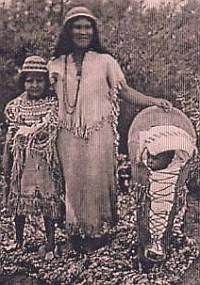
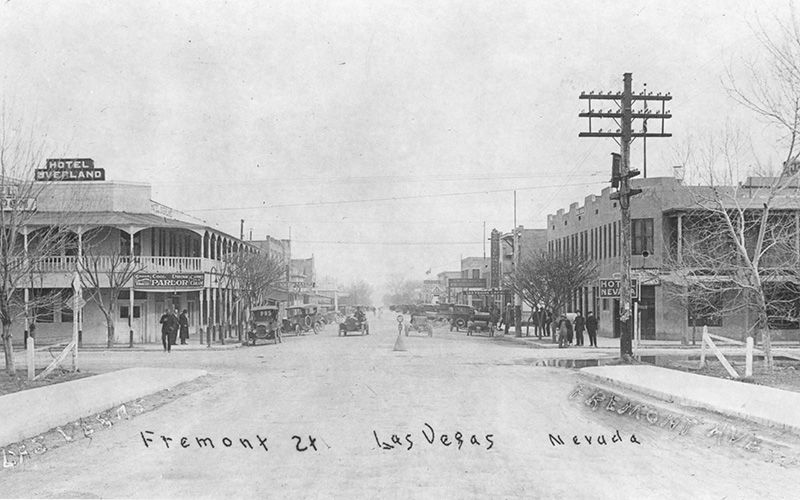
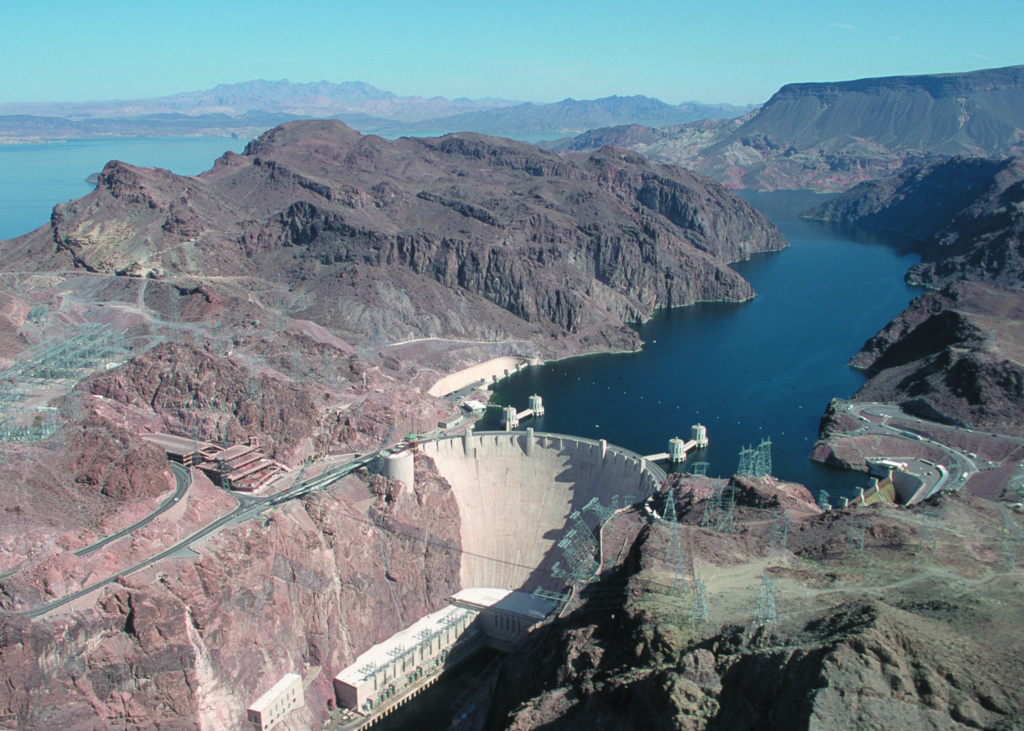
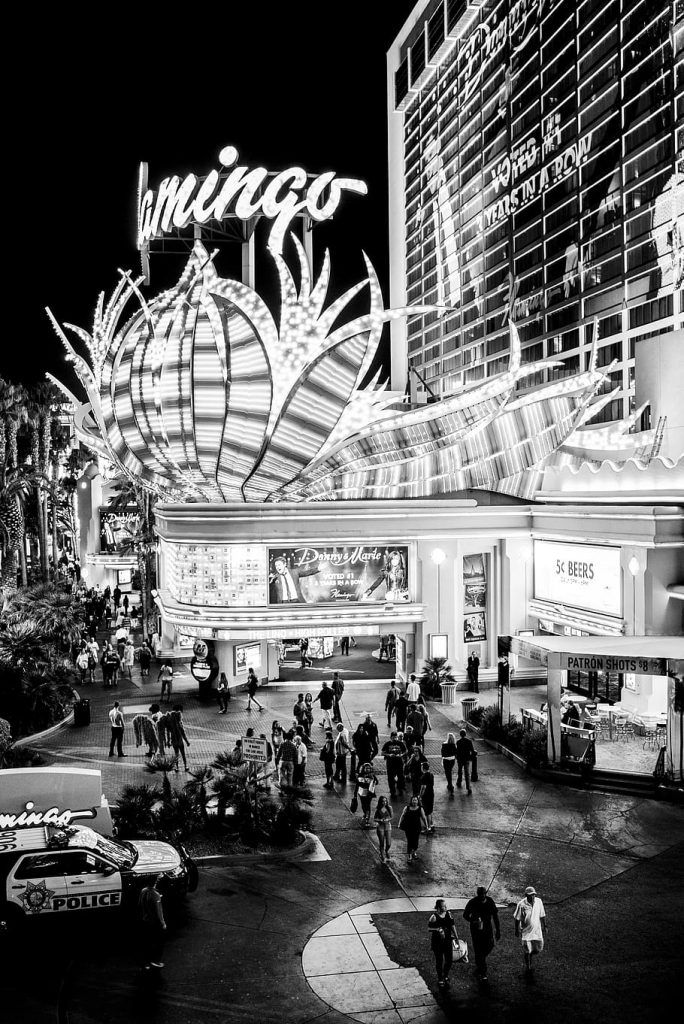
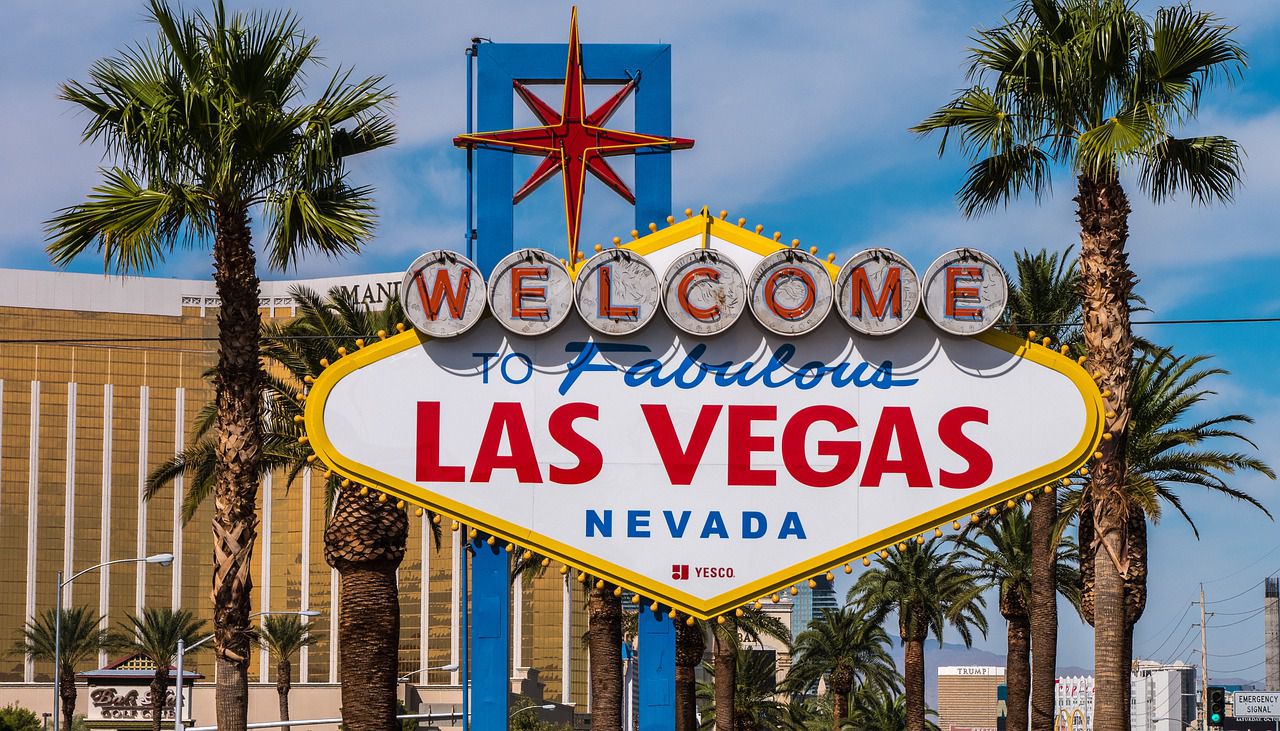
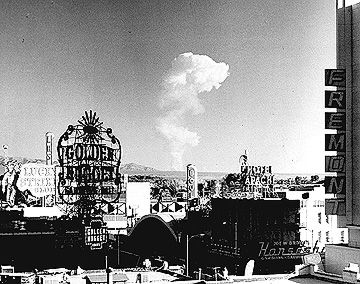
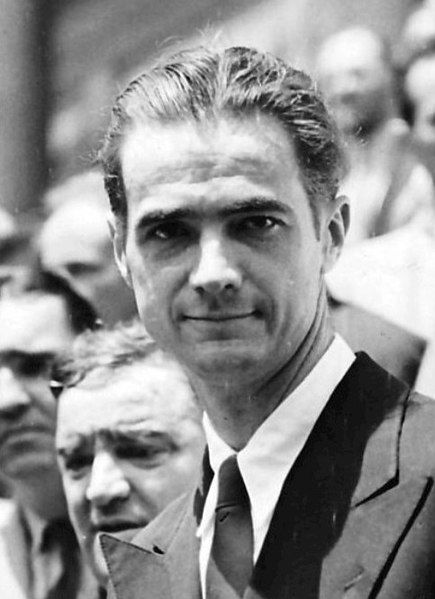
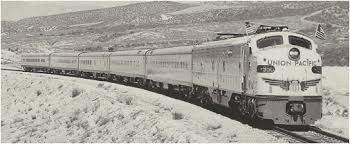
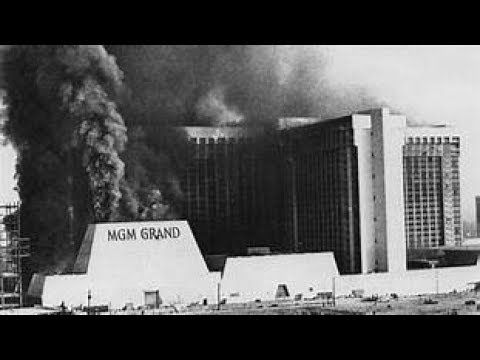
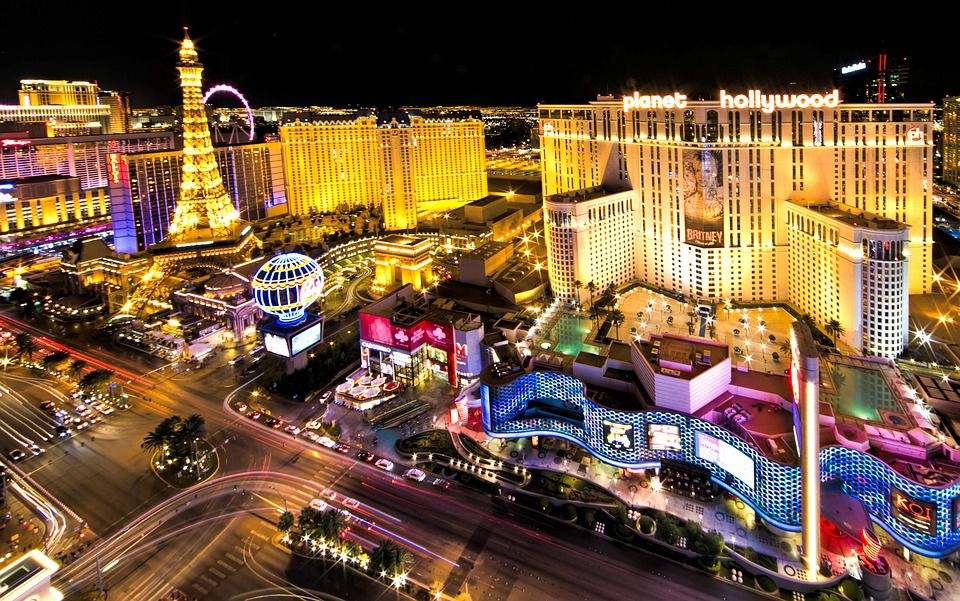







You have to be logged in to add a comment